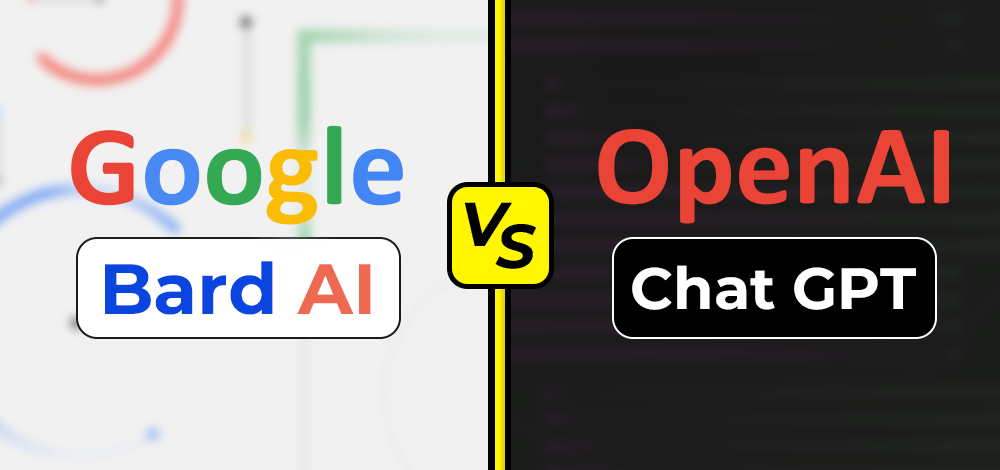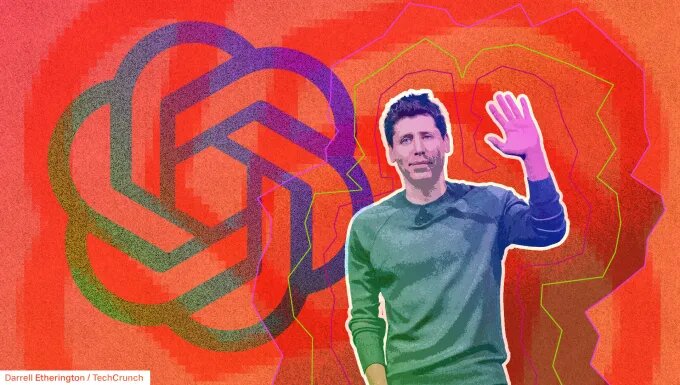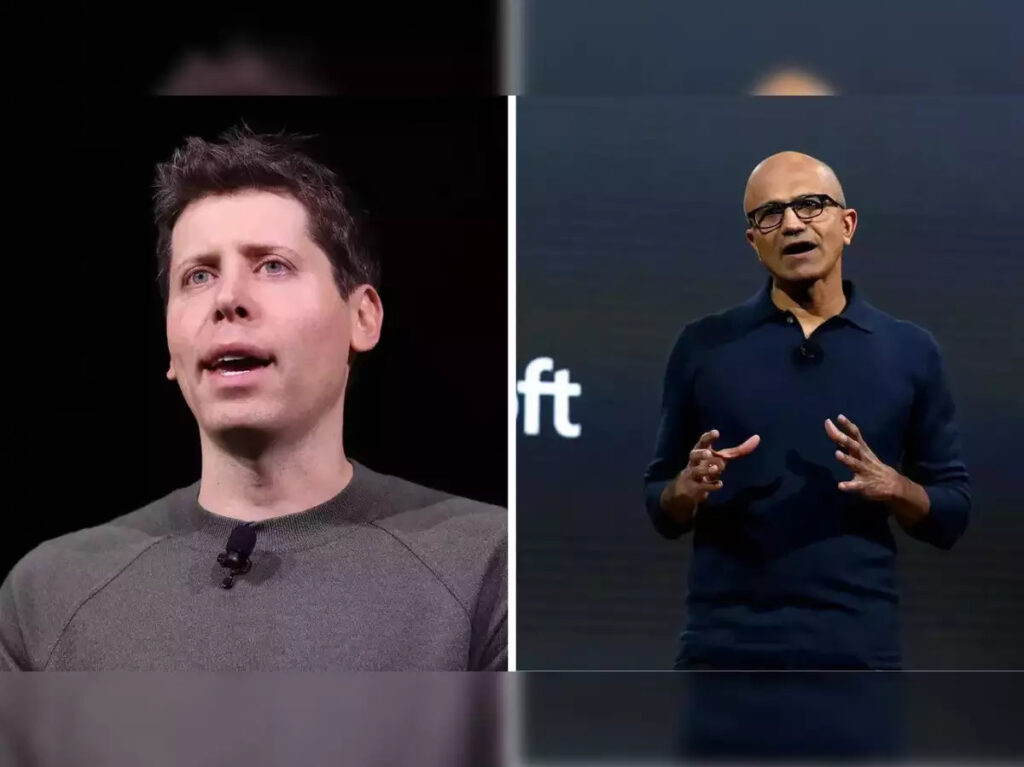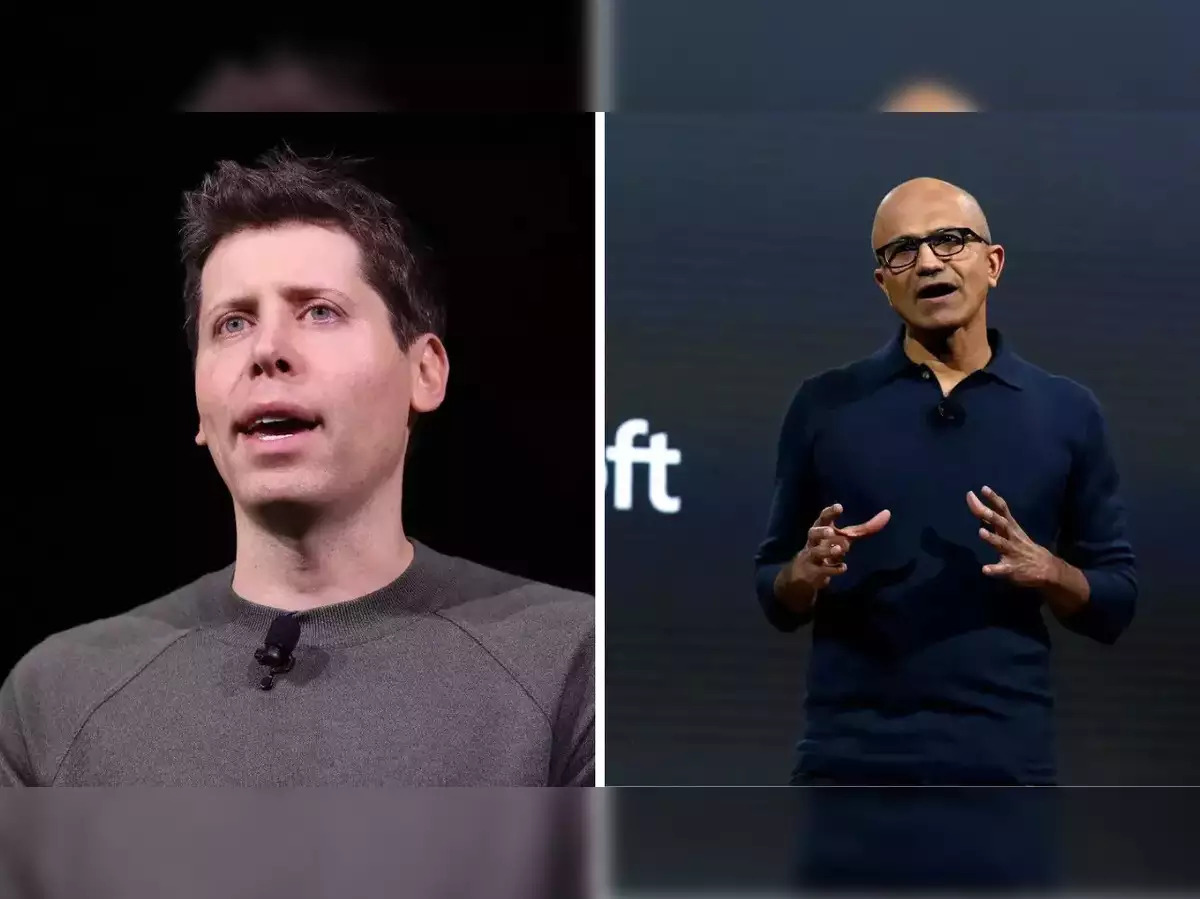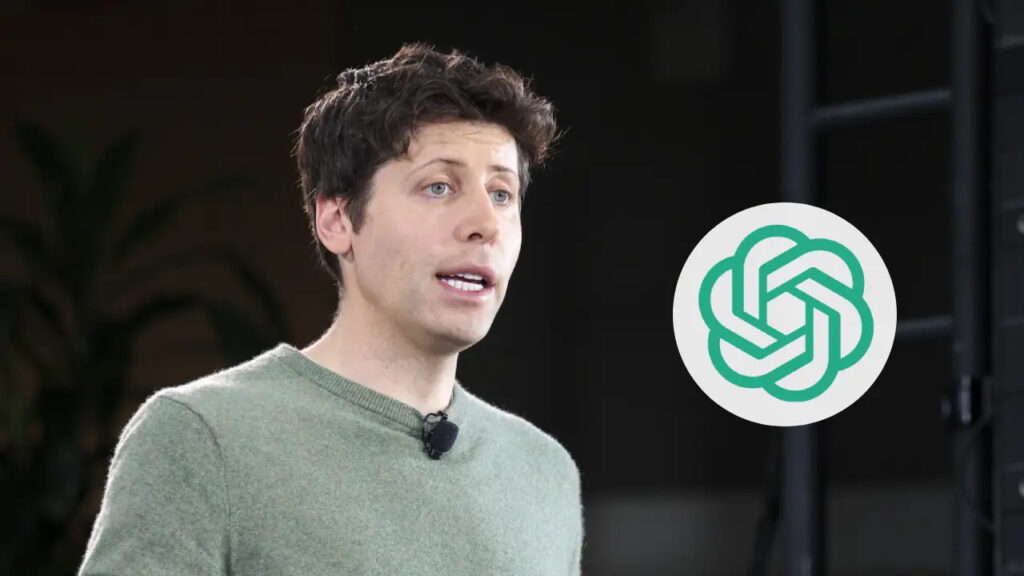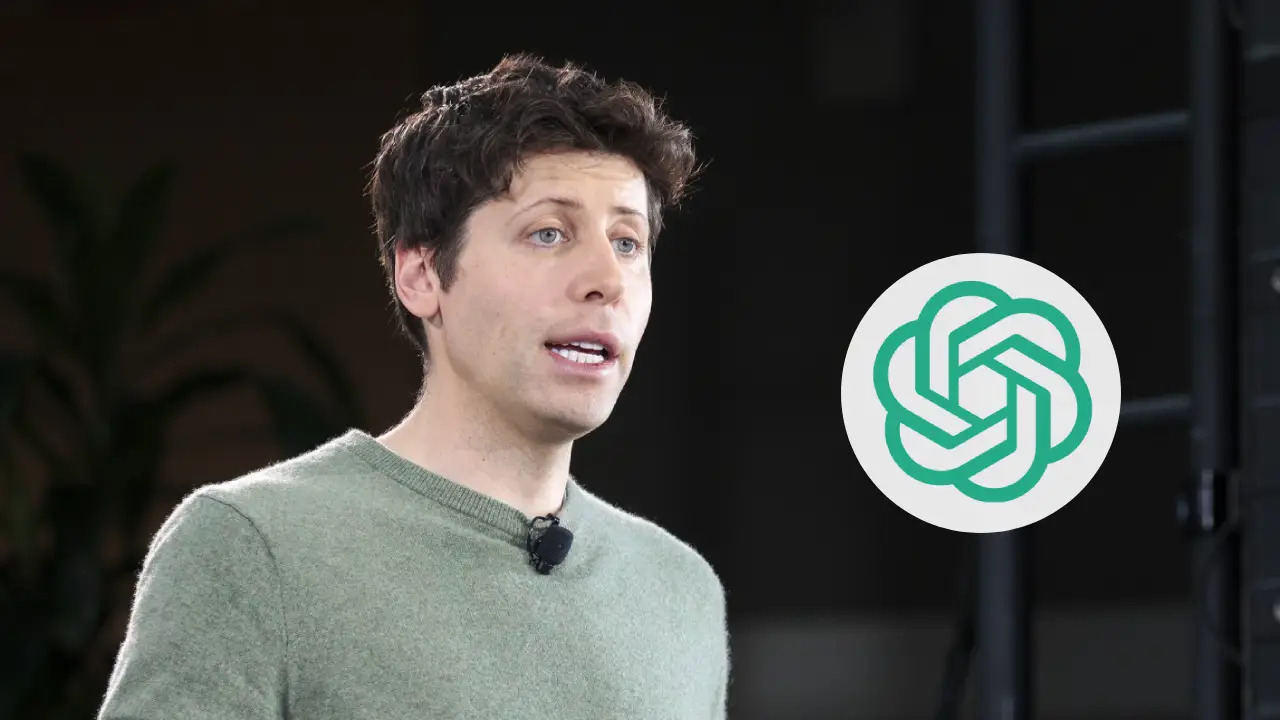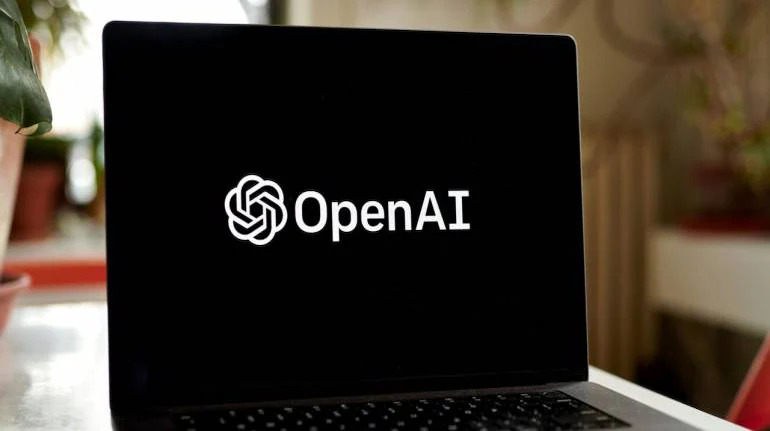ChatGPT
ChatGPT vs. Google Bard: Which Is Good for Data Analysis?

I am a student pursuing my bachelor’s in information technology. I have a interest in writing so, I am working a freelance content writer because I enjoy writing. I also write poetries. I believe in the quote by anne frank “paper has more patience than person
Altman Is Back At OpenAI, But Questions Still Remain As To Why He Was Fired In The First Place

I am a law graduate from NLU Lucknow. I have a flair for creative writing and hence in my free time work as a freelance content writer.
Why ChatGPT-maker OpenAI Fired CEO Sam Altman? What’s Next?

I am a law graduate from NLU Lucknow. I have a flair for creative writing and hence in my free time work as a freelance content writer.
OpenAI Pauses New Signups to Manage Overwhelming Demand

I am a law graduate from NLU Lucknow. I have a flair for creative writing and hence in my free time work as a freelance content writer.

